A: Not necessarily, but it’s not going to hurt. Knowing the basics will be expected for some roles, especially more tactical, writing-focused, junior- and mid-level roles.
Work Where the Work Is
The important thing is to be comfortable working alongside your peers in UX design and research. If you don’t feel like you can “hang” in the same virtual space where design decisions are happening, especially in a remote and asynchronous design culture, it’s going to be hard to impact those design decisions. A question left as a comment directly in a Figma file the product design process is centered around is much more likely to be seen and engaged with than a list of content questions in a text document buried away somewhere on your Google Drive.
So, if it’s a Figma culture, sure, you should probably learn some Figma fundamentals. Especially for basics like adding and editing text, file management, adding and resolving comments, and so on. If you’re reasonably computer literate, you’ll be able to pick up these basics in an afternoon and get very comfortable with them in a few weeks. It’s not something to stress over.
But keep in mind that not every design shop is a Figma shop, and not all design work even necessarily involves visual wireframes and prototypes. So you might need to learn Figma, and given its popularity, you’re unlikely to regret learning about Figma, especially given the low time investment to learn the basics. But you don’t necessarily have to master it as well as your design counterparts, and it might not necessarily be the most important next thing for you to learn, especially in-depth.
Learn Thinky Things
In the video, I share an anecdote about a job early in my career where the design team all used a tool you might not have even heard of. Point being: You need to learn the “thinky things” — the concepts and methods behind the activities the tools help you engage in, irrespective of software — and know how to apply them to your work as a content designer and UX writer. Personally, I find that there is very little work as a content designer that I can’t do with a whiteboard, sticky notes, spreadsheets, and a word processor. Sometimes, I take the things I would normally do on a whiteboard and do them in a Figma file, or on Miro, or in some other tool the team I’m working with uses, because I know that they are comfortable with it, and will be more likely to engage with the work I’m doing using that tool. But which app I’m using to do my work isn’t the important part.
More Experience, More Abstraction
Junior-level content designers and UX writers are likely doing more of the tactical, hands-on writing work than their more senior colleagues, and as such will likely need to spend more time inside the design tools where the interface writing comes together with the visual and experience design.
This creates a strange situation for career transitioners from outside of design, who might find that they’re qualified for a mid- or senior-level or up position — or more of a content strategy or content operations type position — that might ask very little in the way of operating design software. So you could potentially find yourself in a new senior-level role, never personally need to create something new in Figma, and be very busy doing lots of content designer-y things regardless. (In that case, you’ll probably pick up what you need to learn as you go, just like learning the ropes for a new piece of HR software your new employer uses.)
Get Good at What You Want to Do More Of
If you genuinely like interface writing, if you like thinking about interaction designs and how the arrangement of components and modules in a screen or flow impacts the experience, if you like the idea of playing with design system components, if you want to be able to collaborate directly with UX designers and riff on their mock-ups or create your own, then yes, yes, obviously, get as good with Figma as you can (or whatever design tool the companies you’re looking at are using).
But what if that doesn’t sound like you? Or you’re not sure? One exercise I take many of my UX career coaching clients through is skillmapping — making an inventory of design and content skills and assessing your comfort level with them. Doing this as a comprehensive exercise can often reveal clusters of related skills, or more foundational skills (like user-centered design methods), that stand out as a professional development need, and give you a jumping off point for thinking about how to address that need.
Having a more complete picture of what you want to learn and improve can help you see that “Should I learn Figma?” is actually a somewhat narrow question, and one that should be asked as part of a larger career plan for yourself. Importantly, we tend to do this skillmapping work after doing ideal role mapping, to focus in on what kinds of jobs you actually want to do. Many clients find that questions like “Should I learn Figma?” answer themselves once you have a clearer idea where you want to take your career.

